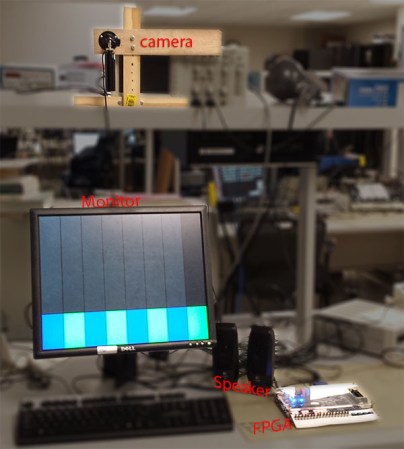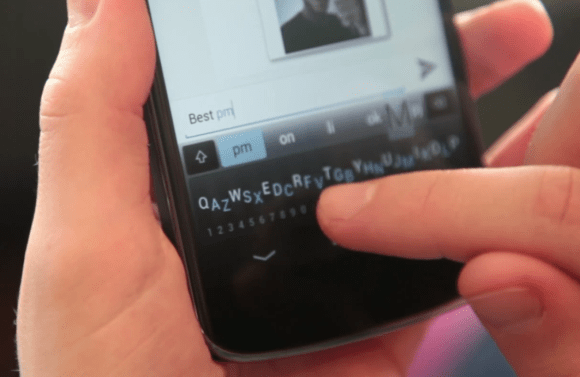Google’s Project Jacquard is tackling the age old gap between controlling your electronic device and touching yourself. They are doing this by weaving conductive thread into clothing in the form of a touch pad. In partnership with Levi Strauss & Co., Google has been designing and producing touch interfaces that are meant to be used by developers however they see fit.
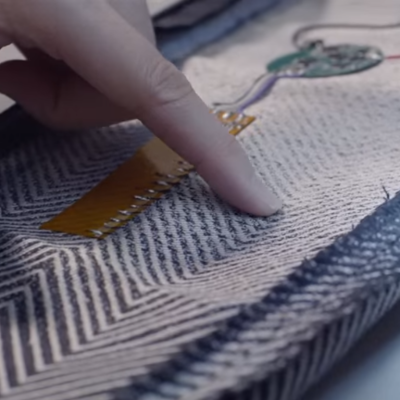 The approach that Project Jacquard has taken from a hardware standpoint is on point. Rather than having an end user product in mind and design completely towards that goal, the project is focused on the interface as its product. This has the added benefit of endless varieties of textile interface possibilities. As stated in the video embedded after the break, the conductive touch interface can be designed as a visibly noticeable difference in material or seamlessly woven into a garment.
The approach that Project Jacquard has taken from a hardware standpoint is on point. Rather than having an end user product in mind and design completely towards that goal, the project is focused on the interface as its product. This has the added benefit of endless varieties of textile interface possibilities. As stated in the video embedded after the break, the conductive touch interface can be designed as a visibly noticeable difference in material or seamlessly woven into a garment.
As awesome as this new interface may seem there are some things to consider:
- Can an unintentional brush with another person “sleeve dial” your boss or mother-in-law?
- What are the implications of Google putting sensors in your jeans?
- At what point is haptic feedback inappropriate? and do we have to pay extra for that?
We’ve covered e-textiles before from a conductive thread and thru hole components approach to electro-mechanical implementations.


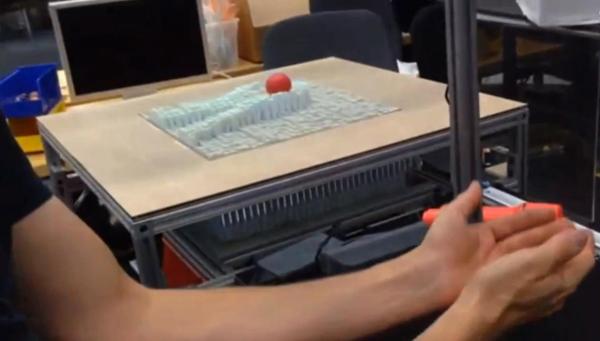
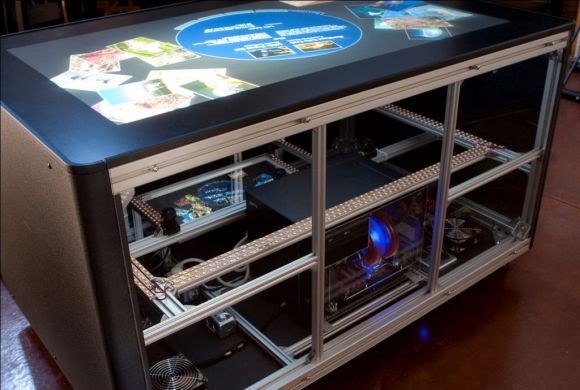
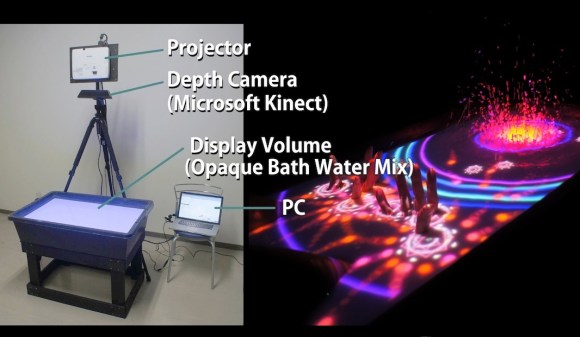 Are you ready to make a utility sink sized pool of water the location of your next living room game console? This demonstration is appealing, but maybe not ready for widespread adoption.
Are you ready to make a utility sink sized pool of water the location of your next living room game console? This demonstration is appealing, but maybe not ready for widespread adoption. 